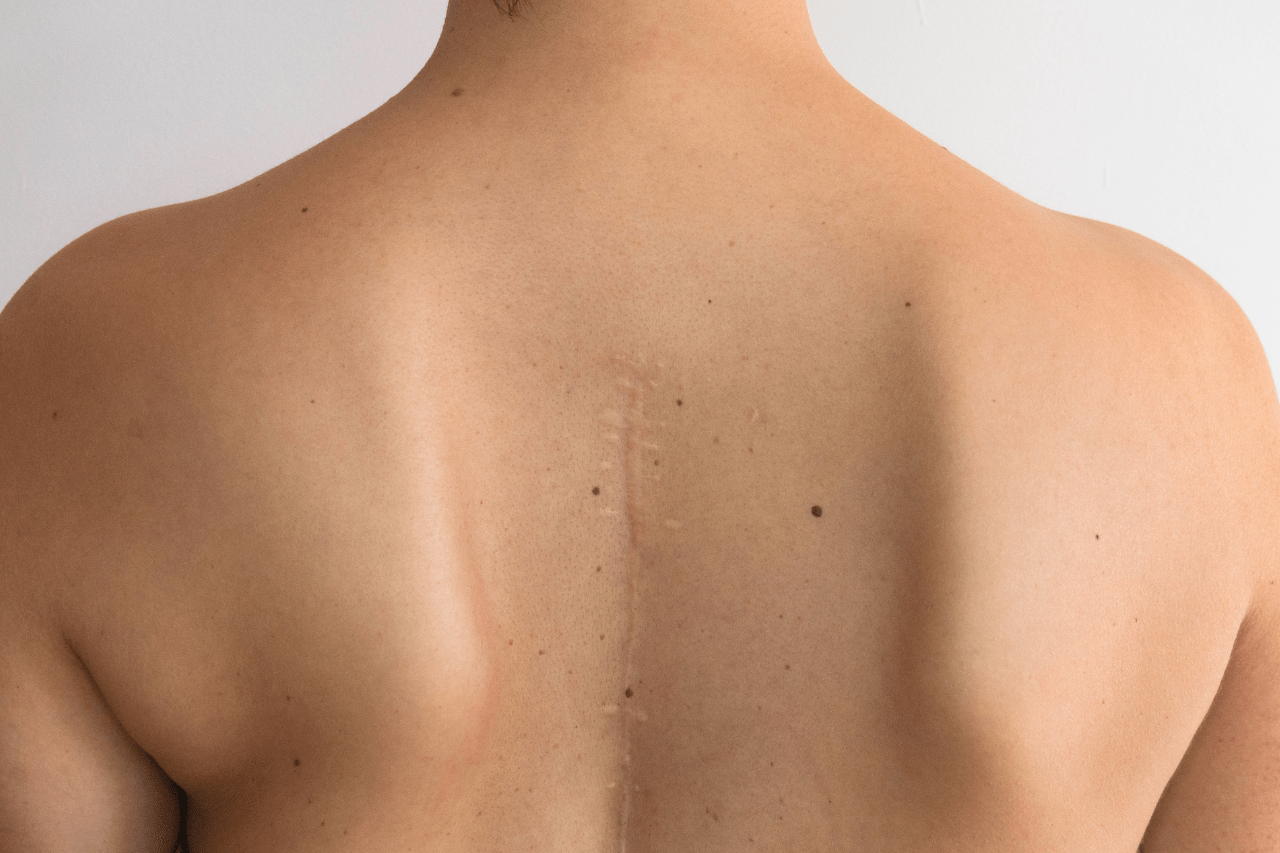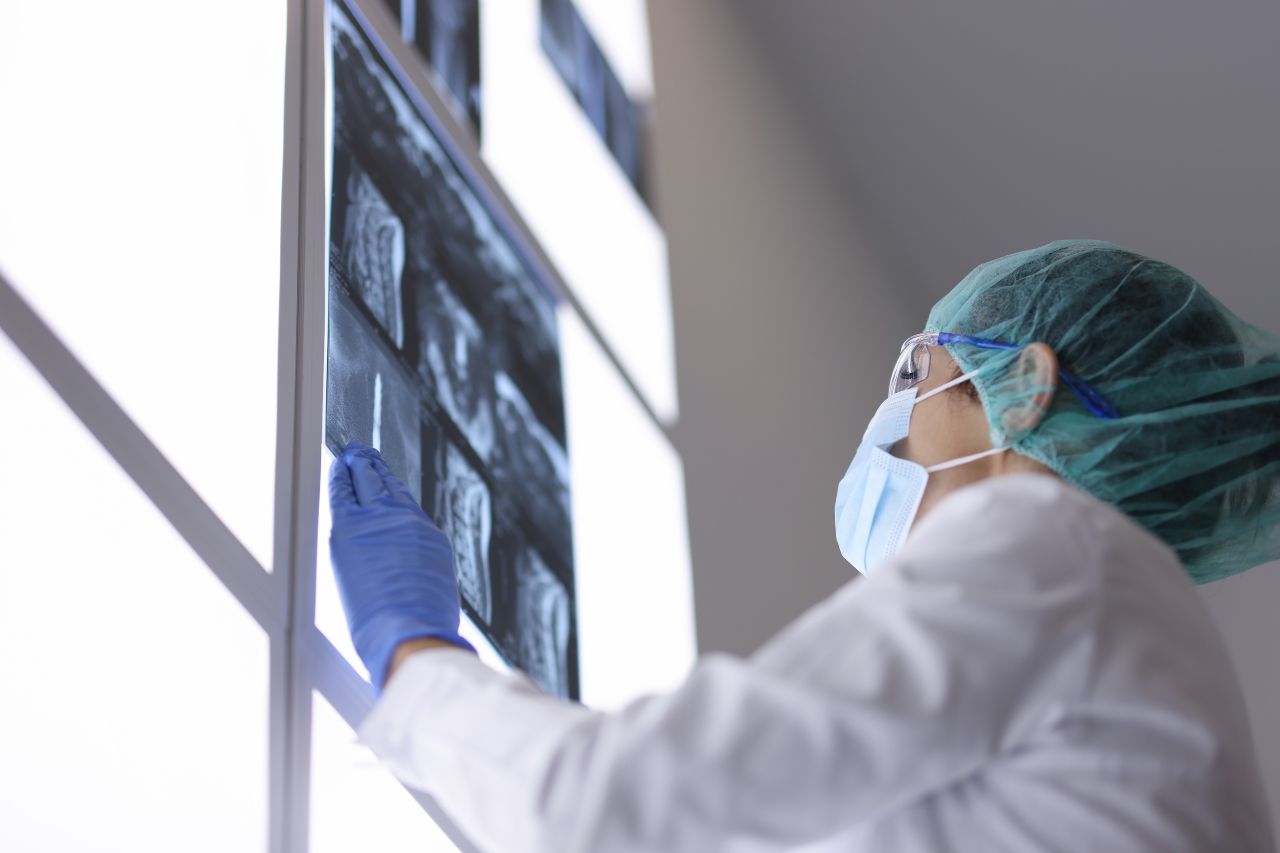Scoliosis Surgery Recovery

Scoliosis is a sideways curve of the spine that’s typically diagnosed in adolescents. It’s generally mild but can worsen. In some instances, patients need surgery to correct the curvature.
The most common procedure to address scoliosis is spinal fusion surgery. In some cases, a newer process called vertebral body tethering is also an option.
This article covers what to expect following scoliosis spinal fusion surgery, including recovery time, pain management, returning to normal activities, etc.
What Is the Recovery Time for Scoliosis Surgery?
The recovery time following scoliosis surgery varies based on the degree of curvature and other factors. It includes two phases: initial recovery and complete recovery. That’s because spinal fusion surgery doesn’t immediately fuse the vertebrae. Instead, it creates the conditions for them to merge using rods, screws, and bone grafts.
You’ll likely spend up to seven days in the hospital being monitored and getting assistance with pain management after scoliosis surgery. During that time, you’ll have a urinary catheter and a drain that keeps fluid from accumulating in the affected area.
You also won’t eat for a few days since surgery causes your digestive tract to slow, making it difficult to keep food down. Your care team will have you take a gradual approach to eating again, starting with sips of clear fluids and moving on to small, frequent meals before resuming your regular diet. Eating healthy foods as you recover from surgery is crucial since your body needs nutrients for healing.
After your post-surgery hospital stay, you’ll have an initial recovery period involving getting comfortable with limited activities like walking, dressing, and bathing. This is typically two to four weeks.
Full recovery from scoliosis surgery generally takes six months to a year, depending on the severity of the curvature. During this period, there are activities you must avoid (see below). However, gradually you can return to them. Eventually, your doctor will clear you to resume all pre-surgery activities.
Things You Can't Do After Scoliosis Surgery
Your doctor will provide clear instructions on when and how to return to normal activities after scoliosis surgery. For example, they’ll encourage you to walk as soon as you’re able but will have you avoid certain activities for several months, including:
- Twisting or bending your spine
- Lifting heavy objects
- Taking long or frequent rides in cars, buses, trains, etc.
- Standing for extended periods
Getting back to an active lifestyle will be a gradual process. When approved, exercises like biking, swimming, and jogging are good ways to regain strength and conditioning. It’s essential not to “overdo it” as you recover from scoliosis surgery since you don’t want to adversely affect the fusing of your vertebrae.
How to Sleep Comfortably After Scoliosis Surgery
You should sleep on your side or back after scoliosis surgery. Doctors advise against sleeping on your stomach. You can also try these approaches to rest more comfortably:
- Sleep on your side with a pillow between your bent knees.
- Sleep on your back with pillows under your lower back and shoulders.
- Sleep in a reclining chair.
It may take some experimenting to determine how to sleep most comfortably following scoliosis surgery.
Talk with Your Baptist Health Doctor About Scoliosis Surgery Recovery
Your Baptist Health primary care physician, neurologist, and others on your care team are happy to answer questions about your procedure — anything from “What’s the recovery time?” to “What can I expect regarding a scar after scoliosis surgery?”
Don’t hesitate to contact them!



